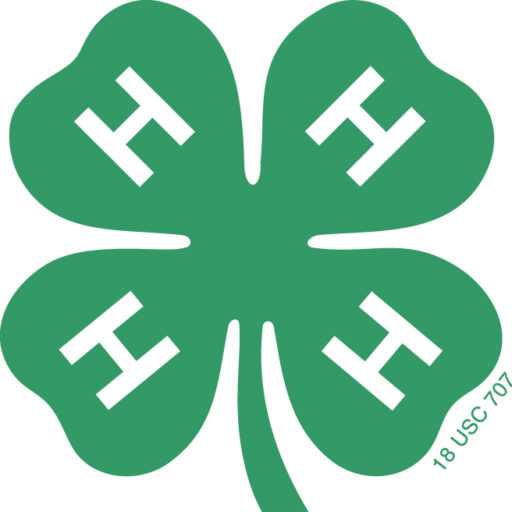Take Rob D’Amico, for instance. He grew up loving roller coasters, then turned that passion into an engineering degree that led him to where he is today: working as a software developer for internet provider HughesNet, a job for which he programs the software on satellites orbiting Earth.
We talked to Rob to learn about what he does, how he got there, and why he loves his job.
Editor’s Note: This interview has been lightly edited for brevity and clarity.
Can you tell us a little bit about your job? What are your duties and responsibilities on a day-to-day basis?
Rob D’Amico (RD): I write embedded software that helps run our satellite services. It runs on a network device – like the modem or router that our customers have in their houses – and it helps manage their satellite internet connection behind the scenes. Most of my work involves long-term projects to improve our software. I might be writing new code, testing my code to make sure it’s doing everything it’s supposed to do, or looking at existing code to see why it’s not working correctly. I sometimes have to investigate the electronic hardware to see what’s going on, and I work with a lot of other engineers to make sure we get things right.
Where did you grow up? And did where you grow up have an influence on your career path?
RD: I grew up in the suburbs of Pittsburgh, Pennsylvania. Despite being so close to the city, my family was never very tech-savvy. I wanted to go to college to learn more about engineering and how computers and other electronics work. I could have gotten a job in the Pittsburgh area, but having an engineering degree gave me a lot of opportunities to move to or visit new areas and experience them. I live in Maryland now, and I hope my career will take me many more places.
Where did your path to engineering begin? What activities as a child inspired you? Did you have any mentors or idols that you looked up to?
RD: I knew I was good at math and science, but I didn’t really know what I wanted to do for my career. I was very interested in roller coasters, and loved to ride them, watch them, and try to understand how they worked. My favorite computer game was always Rollercoaster Tycoon! My dream was to eventually become a rollercoaster designer. I understood later that knowledge from several fields, including mechanical, electrical, and software engineering, was a critical part of that. My teachers were definitely mentors for me along the way.
How did you finally decide that this was the career for you?
RD: I didn’t give up on my dream of designing rollercoasters, but I became more interested in electronics and software. I went to Penn State and I was introduced to Hughes at a Career Fair on campus. I spoke to someone who would later be one of my co-workers and they convinced me that Hughes was the right fit for me. I didn’t know anything about satellites when I started at Hughes, but I had a strong foundational understanding of electrical engineering. Thankfully, a few people on my team studied the same major as I did but had a few more years of experience so I looked to them for guidance along the way. This gave me a confidence boost knowing that in a few years I could have the skills and understanding that they did.
For kids who are interested in exploring engineering, what classes, activities, etc., would you recommend them pursuing?
RD: If you enjoy learning and problem-solving, then you should pursue activities that allow you to do that. Your school may offer classes that teach different areas of technology, and they might have clubs for you to do even more. I was involved in computer-aided drawing (CAD), but I wish I would have also done robotics activities, since they are an awesome way to learn the basics of electro-mechanical engineering. I would encourage young people to explore as many different areas as they can.
What are some of the challenges of being a satellite engineer? What are some of the benefits?
RD: Working with satellites is fascinating, because there is no other technology that stays in use as long. Your cell phone is replaced every year or two these days. But a satellite, like the ones that power our HughesNet service, could be in orbit for 15 years! That’s a long time in the technology world. And one of the challenges is to continue to optimize the customer’s internet experience using the same satellite signals, and pairing those with increasingly sophisticated software and devices in the home. So a major challenge for a satellite engineer – and any engineer, really – is that you never stop learning. School is a good start, but technology continues to progress, and you need to work to keep up. I stay in touch with new technology and best practices through training lectures and programs. And I also recommend starting work as soon as possible after college. After a few years of hands-on experience, it is easier to figure out what specific kind of engineering you like. Some people go on to get their master’s degree and even Ph. D., depending on their field and company. These challenges are also benefits; you can ensure that you’re never bored with your work, and you’ll make many friends and gain many new insights from the people you encounter.
How would you encourage a kid who wants to pursue becoming a structural engineer – or any other STEM-based career, but are worried about the lack of job opportunities?
Rob D’Amico (RD): With the growing popularity of teleworking, a lot of engineers are able to work from anywhere. There are also more engineers and scientists out there than you think, so don’t give up on your dream!



















